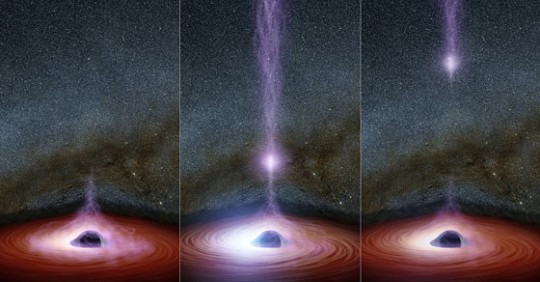You don’t need to be an expert in science to understand that black holes often pull things in rather than spit them out. However, NASA has just discovered something quite weird around the supermassive black hole Markarian 335.

Two NASA satellite telescopes, including the Nuclear Spectroscopic Telescope Array (NuSTAR), witnessed a black hole’s corona being “launched” away from a supermassive black hole. Then a huge burst of X-ray energy emitted. So, what precisely happened? That is what scientists are currently trying to understand.
“This is the first time we have been able to link the launching of the corona to a flare,” Dan Wilkins, of Saint Mary’s University, said. “This will help us understand how supermassive black holes power some of the brightest objects in the universe.”
Fiona Harrison, NuSTAR’s primary investigator, stated that the nature of the energy source is a “mystery,” but that the ability to actually capture the event should offer some indications about the black hole’s size and structure, as well as (hopefully) some new insight into how black holes work. This black hole, fortunately for us, is still 324 million light-years distant.
So, whatever bizarre things it does, it shouldn’t have any influence on our little part of the cosmos.






